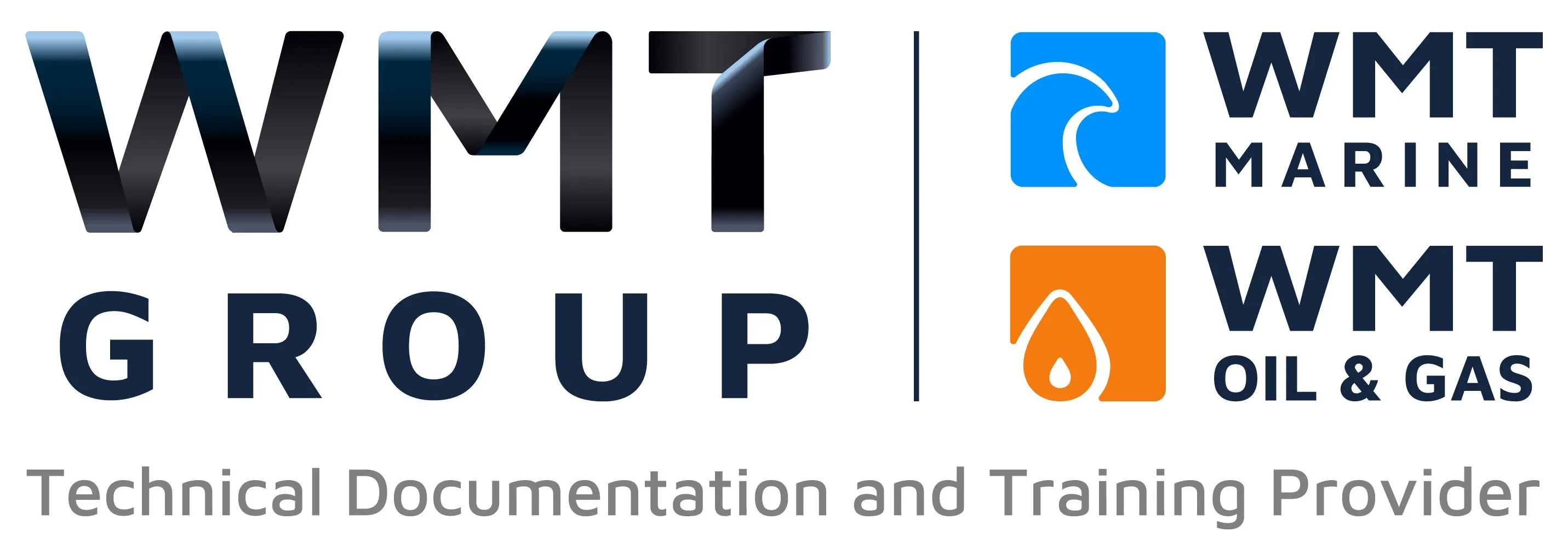Importance of Documentation in Oil and Gas Operations

The oil and gas industry is one of the most complex and highly regulated sectors in the world. From exploration and drilling to refining and distribution, each stage requires precise planning, safety protocols, and compliance with strict regulations. One critical aspect that ensures smooth operations is documentation.
Proper documentation in oil and gas operations is not just a regulatory requirement—it plays a vital role in safety, efficiency, risk management, and legal compliance. In this article, we’ll explore the importance of documentation in oil and gas operations, the types of essential documents, and best practices for maintaining effective records.
Why Documentation is Critical in Oil and Gas Operations
Oil and gas operations involve high-risk environments, massive investments, and stringent compliance regulations. Proper documentation is necessary for:
✅ Regulatory Compliance
The oil and gas sector is governed by international and national regulations, including:
- ISO Standards (ISO 9001, ISO 14001, ISO 45001)
- Health & Safety Executive (HSE) regulations (UK)
- American Petroleum Institute (API) standards
- Environmental Protection Agency (EPA) guidelines
Accurate documentation ensures compliance with these laws, reducing the risk of fines, penalties, and operational shutdowns.
✅ Operational Efficiency & Consistency
Clear documentation helps oil and gas companies standardise operations across different locations, preventing errors and improving efficiency. Proper records allow teams to follow the same procedures for drilling, maintenance, safety protocols, and emergency response.
✅ Health, Safety & Environmental (HSE) Protection
Oil and gas sites pose significant risks, including explosions, toxic gas leaks, and equipment failures. Detailed safety manuals and emergency procedures help:
- Prevent workplace accidents
- Train employees and contractors
- Ensure quick response in hazardous situations
📌 Example: A well-documented safety manual can save lives by providing workers with step-by-step instructions on handling gas leaks or fire hazards.
✅ Risk Management & Incident Prevention
Proper documentation allows oil and gas companies to track equipment inspections, maintenance schedules, and incident reports. This prevents mechanical failures, oil spills, and costly shutdowns.
✅ Knowledge Retention & Workforce Training
With frequent turnover in the oil and gas industry, documentation helps transfer knowledge to new employees. Training manuals, operational procedures, and safety guides ensure continuity in operations even when personnel change.
Types of Essential
Documentation in Oil and Gas Operations
To maintain compliance and efficiency, oil and gas companies must maintain various types of documents, including:
1. Regulatory & Compliance Documents
📌 Environmental impact assessments (EIA)
📌 HSE compliance reports
📌 Risk assessment reports
📌 Safety data sheets (SDS)
2. Technical & Engineering Documentation
📌 Well design and drilling reports
📌 Equipment installation manuals
📌 Piping and instrumentation diagrams (P&IDs)
📌 Structural integrity reports
3. Health, Safety & Environmental (HSE) Documentation
📌 Safety manuals and procedures
📌 Emergency response plans
📌 Accident and incident reports
📌 Hazardous material handling guides
4. Operational & Maintenance Records
📌 Standard operating procedures (SOPs)
📌 Maintenance logs and equipment inspection reports
📌 Asset tracking records
📌 Production and drilling reports
5. Financial & Legal Documentation
📌 Contracts and agreements
📌 Financial reports and cost analysis
📌 Insurance policies
📌 Employee records and training certifications
Best Practices for Effective Documentation in Oil and Gas
🔹 1. Standardise Documentation Formats
Use consistent templates and formats for all reports, manuals, and logs. ISO standards provide structured templates for documentation in the industry.
🔹 2. Ensure Accuracy & Clarity
📌 Use clear and concise language to avoid misinterpretation.
📌 Avoid excessive technical jargon—make manuals user-friendly.
📌 Double-check regulatory references to avoid legal issues.
🔹 3. Implement Digital Documentation Systems
Many oil and gas companies are moving towards digital records to improve accessibility and security. Cloud-based document management systems help: ✅ Prevent data loss
✅ Enable real-time access for teams across multiple locations
✅ Simplify audits and compliance tracking
🔹 4. Regularly Update & Review Documentation
📌 Laws and industry standards change frequently.
📌 Conduct annual reviews of compliance and safety documents.
📌 Ensure maintenance records and technical manuals are up to date.
🔹 5. Train Employees on Documentation Protocols
📌 Employees should know where to find safety manuals, incident reports, and compliance guidelines.
📌 Conduct regular training sessions on documentation best practices.
Why Choose WMT Marine Ltd for Oil & Gas Documentation?
At WMT Marine Ltd, we specialise in producing technical documentation for the oil and gas industry, ensuring that all compliance, safety, and operational records meet industry standards. With 28+ years of experience, we provide accurate, structured, and regulatory-compliant documentation to support your operations.
Final Thoughts
Effective documentation is the backbone of oil and gas operations, ensuring regulatory compliance, safety, efficiency, and risk management. By following structured documentation standards, digitising records, and training employees, companies can enhance operational performance while staying compliant with industry regulations.
📢 Need professional technical documentation services for your oil and gas operations? Contact WMT Marine Ltd today!
